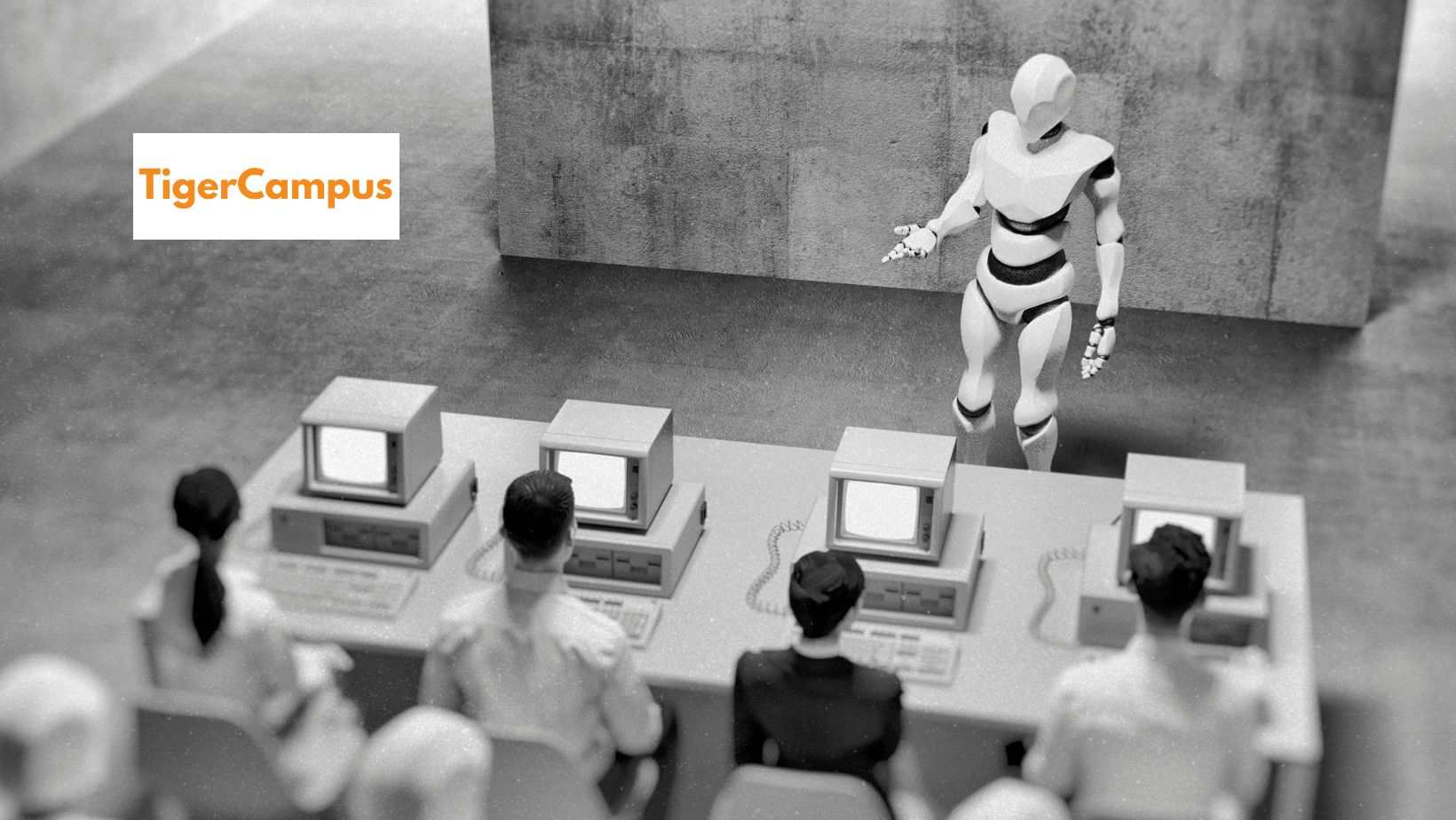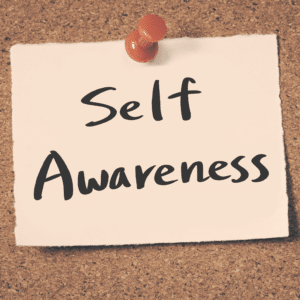Robots can’t help you think
Are robots better than teachers? When it comes to coming up with ideas, a
robot is pretty much like an abacus—it can only calculate the sum of two numbers based on the input it receives. It doesn’t have any ability to think outside the parameters of what you feed it. That’s why robots are great for doing menial work that requires little thought and no understanding of context. But when it comes to more nuanced tasks, such as writing a blog post or teaching someone how to write a blog post, there’s no substitute for human cognition. The creative process requires not only intelligence but also the ability to analyze information and understand its context to think critically about problems.
Robots are expensive and require maintenance
There’s no denying that robots are a big investment. They require a lot of technical knowledge to maintain, and they may not be reliable—breakdowns may occur frequently.
Plus, they were expensive.
To purchase one, you have to run around like a madman gathering up all the money in your couch cushions, behind your bookshelf, in the back of your closet … because as everyone knows, robot brains cost more than gold (and gold is pretty dang expensive). Then there are maintenance and repair costs—oh boy! And on top of all this expense is the fact that robots frequently need to be replaced (just like cell phones), so get ready to spend another chunk of change every couple of months or so.
Some of the best teachers have a robot-like quality
By the way, some of the best teachers are a bit robotic. Think about it—some of the less “human” characteristics of robots will help you be a better teacher. Consider these examples:
- You’re predictable. It’s easier for students to learn if they follow routines, stay organized, and follow through with what you say. In short, being consistent helps kids feel more comfortable and confident in their classroom.
- You have endurance—and so should they. When children know they can depend on you to show up on time every day with a positive attitude and high expectations, they start to do the same for themselves: showing up on time and ready to learn each day (and not just when it is convenient).
- Your students know where they stand with you—and that makes it easier for them to focus on their goals because they don’t have any surprises coming.
Teachers also don’t get distracted by other screens
In addition to the benefits of human connection, a teacher is also able to stay focused on the one task at hand: teaching. They don’t get distracted by other screens or tasks. Your robot teacher may be able to tell you about the history of Rome, but a human teacher will be better equipped to answer questions about current events and politics. And a real-life teacher can easily adapt their lessons to suit your needs if you have any special requirements (like if you’re colorblind).
It doesn’t have to be all or nothing
It doesn’t have to be all or nothing when it comes to technology in the classroom. Teachers can use technology to improve their efficiency and enhance their teaching. The best teachers already do this—they use technology effectively to get the most out of their classroom experience and make sure students are truly learning.
The best teachers can adapt and teach differently in different situations and based on context
Robots can’t do this. They can’t adapt to the situation, and they certainly can’t build relationships with their students. Not only are good teachers flexible in any educational setting, but they also know when and how to be accommodating to students who need it. For example, let’s say you’re an elementary school classroom teacher and a student is having difficulty learning how to read. A good teacher will modify assignments so that reading isn’t emphasized as much if the student needs extra help. Or if a student needs extra attention because of behavioral issues, a good teacher will know how to motivate that student and still get him or her engaged in-class activities.
Teachers are so much more than just information sources. As educators, we need to be flexible in our teaching styles, we need to build relationships with our students so they feel valued and respected, and we need to know how best to deliver content while being understanding of individual student needs.
They can see your personality, which you can’t do over an online connection.
Teachers are better than robots because they can see your personality, which robots cannot do.
When you talk to a person in person, you share more than just words. You can use your body to communicate. You can show your feelings with gestures or facial expressions. Your teacher can see all of this. But when you talk to someone over an online connection, all they have is the words that you type or say out loud into a microphone. It’s harder for them to understand what you mean when they don’t get a full picture of who you are from everything else that makes up your personality and communication style.
Online connections also don’t allow teachers to interact with their students socially in the same way as being together in the same classroom does for in-person education, and vice versa for the student interacting with other students around them, whether it be working together on projects or learning about how each approaches problem-solving differently.
A balance of technology and human interaction is best when it comes to education.
It’s important to note that teachers and robots are not mutually exclusive. While the two may appear to be opposites, I do believe that the best learning environment is one in which students can learn from both teachers and technology.
As you may know, people have different learning styles based on how they interact with information. Some people learn best by listening (auditory learners), some by watching (visual learners), and others by doing (kinesthetic learners). When we introduce technology into the classroom, we are presenting yet another way for students to learn. For example, using an interactive whiteboard allows children to see what their teacher is talking about or write on a digital surface in real time. A teacher who uses varied resources will present information so that children can learn through multiple mediums and therefore have a better chance of absorbing new information more quickly.
read next:
How to start teaching in hong kong international school?









